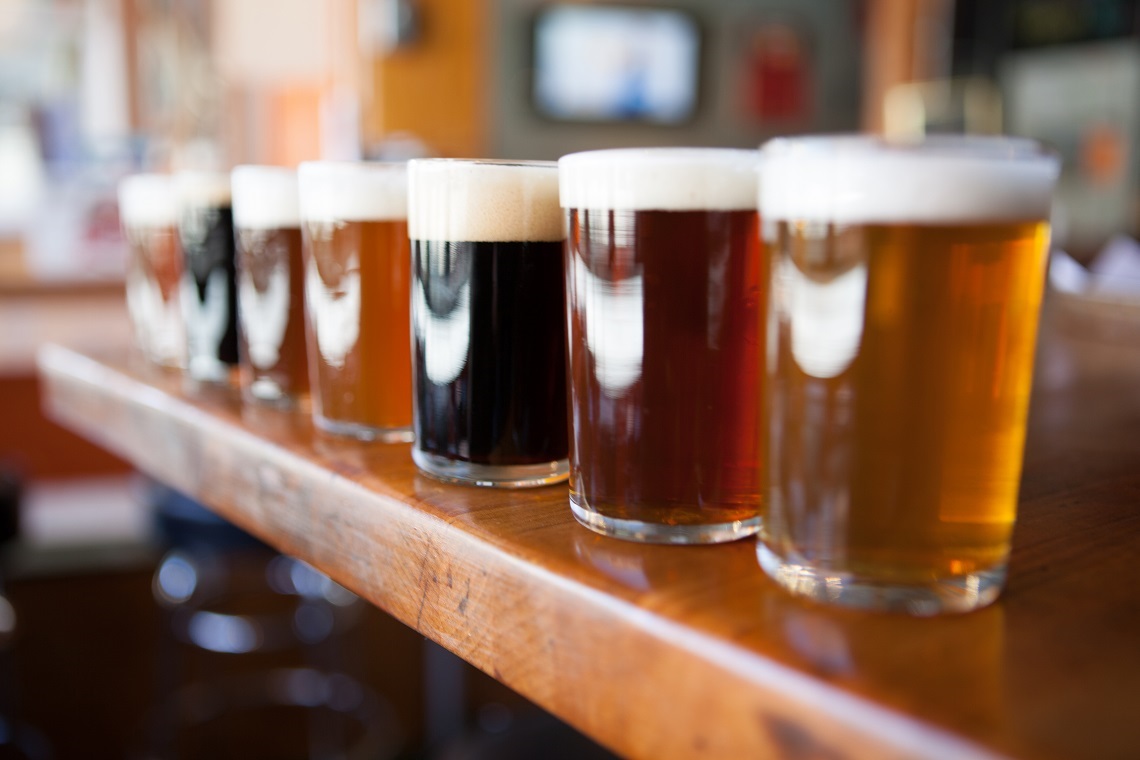While it has been a positive year for the Australian brewing industry, according to Brett Heffernan, CEO of the Brewers Association of Australia, much of that positivity has gone under the radar in more subtle ways, as he and the association seek to clarify and rebut anti-beer agendas.
“A significant part of this job is raising awareness of key issues with those who make decisions. Alcohol, as a general policy area, is a space where various false claims, misnomers and outright lies get peddled as fact. The great thing that alcohol has going for it is that the official Australian Government facts, statistics and research are unambiguously in our favour, so debunking opponents is that much easier.”
Looking ahead to 2019, Heffernan expects to see more of the same – major brewers continuing to launch new products and new breweries continuing to appear – but there are plenty of issues lying in wait.
“The National Alcohol Strategy should be finalised shortly, labelling – especially mandatory pregnancy warnings, but don’t forget carb and sugar labelling and energy labelling, are all in the mix. In an era of apps and websites containing more product information than can be placed on any label, the label is simply outmoded. Taxation is also going to be interesting. With Aussies paying among the highest excise in the word for beer, people are increasingly asking why and government has little rebuttal that makes sense. With the federal election looming, these and other issues will be swirling around.
“It brings risk and opportunity. While neither side of politics wants to piss off more than nine million beer drinking voters before polling day, it’s what comes after that counts.”
The craft beer revolution has dominated headlines in brewing over the last decade, but Heffernan remains convinced that the three major brewers – Coopers, CUB and Lion – remain in strong positions, accounting for around 60 per cent of the craft market.
“Underlining all of that, quality is king. Many smaller breweries are to be applauded for their dynamic approaches, but often the quality between brews and between breweries are noticeably variable. Their production runs are small and price is a huge problem – not everyone wants to pay $12-$15 for a beer at the pub. So until the smaller producers can achieve the volume to meet demand, including peak demand periods, can get quality assurance under control and can rein in price, they will struggle.
“Following several years of the larger mainstream breweries acquiring smaller breweries, Heffernan doesn’t believe “there is an appetite for acquisitions in the foreseeable future”.
“My inkling is that they will be developing within their existing stable of brands. If that were to change, there would be no shortage of indie brewer hands shooting into the air screaming ‘pick me, pick me’.”
Instead of acquisitions, Heffernan believes that collaboration is what the industry should be discussing in 2019, so that larger and smaller breweries can come together for the benefit of the beer industry as a whole.
”We can achieve far more for the category of beer together, with agreed policy positions, shared resources and intelligence than each pushing our own barrows. That has certainly been the recent experience and lesson out of the US and it makes sense in Australia. Distillers and wineries, big and small, have their argy-bargy over some issues, but they get it on key issues of mutual advantage.
“Some in the independent beer space are very anti-establishment, that’s to be expected, but for the major brewers’ part, we really don’t care about marketing pitches pitting small against big. It’s water off a duck’s back. So to allow those views to see us fail to come together on issues of mutual agreement and serious policy approaches, is extremely short-sighted and weakens beer’s hand in the broader alcohol policy debate.”
This article was written for the 2019 National Liquor News Annual Industry Leaders Forum published in February.

